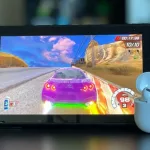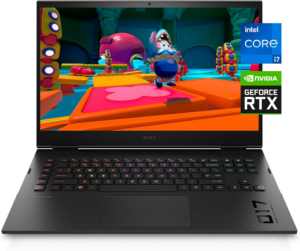Proper lighting in photography is crucial. The quality of your images depends on how well-lit your surroundings are and how visible your subject is. Getting a good light is easy when you are outside in broad daylight.
However, doing photoshoots indoors and at night can be a challenge. Luckily, external flashes can help with that dilemma.
5 Tips for Using an External Camera Flash
An external flash is not built into your camera’s body. They are mounted on your camera through a hot shoe, or they can be remotely triggered to flash without attaching them to your device.
While a lot of modern cameras have a built-in flash, like the Canon 6D, adding a good external flash allows versatility and increases the chance of better lighting.
Below are techniques on how you can maximize your external camera flash to achieve great results in flash photography.
1. Bounce the Light
One of the most important things that photographers need to learn when it comes to using an external camera flash is that it should not be pointed directly towards the subject. Doing so will cause harsh and flat lighting that will cast shadows in the photos.
2. Get a Diffuser
To create more attractive lighting, you can diffuse the light of the external flash. Using a diffuser can enlarge the size of the area, and it will give a softer and even light.
Diffusers come in different forms, from Tupperware-shaped boxes to softboxes. All of them can be optimized to widen the coverage of the flash to ensure well-lit corners.
3. Use Ambient Light
Using ambient light creates an aesthetically pleasing atmosphere and beautiful background.
The technique is beneficial to bloggers and business owners that need to display their photos on their website or stalls, as a study shows that 65% of the population remembers stunning images even days after seeing them.
While shooting, turn on the Manual Exposure Mode instead of the Auto Exposure Mode. The lens will focus on the background and highlight the foreground, making your image look complete.
4. Use Colored Flash Gels
For additional effects, you can attach flash gels to your external flash. It will add a colored tint to the light that the flash emits and will give your images a more artistic feel. Color flash gels come in bright red, blue, yellow, and green.
5. Use TTL Technology
The Through-The-Lens mode or TTL can help determine the needed flash power to light the subject and the scene.
When it is enabled, the flash communicates with the camera and reviews the lighting condition, and measures the distance between the flash and the subject. The TTL technology is present in Canon and Nikon cameras and external flashes.
Frequently Asked Questions
Does the Brand of Your External Flash Have to be the Same as Your Camera?
The brand of the external flash does not need to be the same as the camera’s brand since camera manufacturers allow third-party camera accessories such as lenses and external flashes.
For example, you can use a Nikon external camera flash on your Canon camera and vice versa. However, Nikon and Canon external flashes are not compatible with Sony cameras.
Is a Flash Different from a Speedlight?
A flash and a Speedlight have the same function, and that is to illuminate the subject. The term “Speedlight” was used by Nikon in the 1960s to describe their external flashes.
Conclusion
Light is a crucial factor in photography, and external flashes serve as an additional light source to illuminate the subject and create proper lighting conditions.
Using flash techniques and the right angles, you will get sharp images with superb details and eye-catching effects.
















